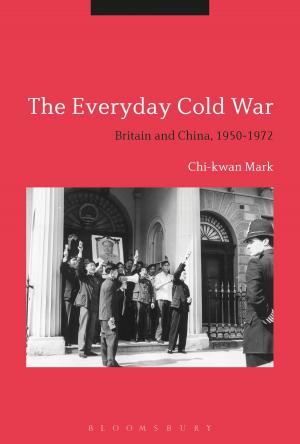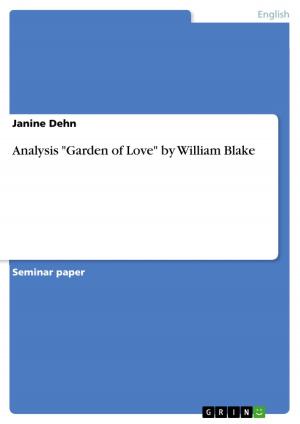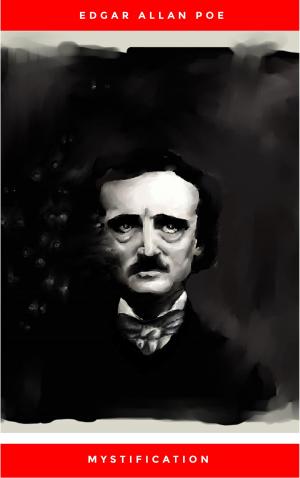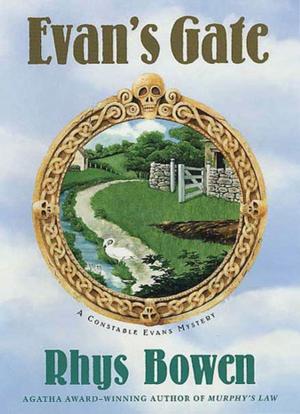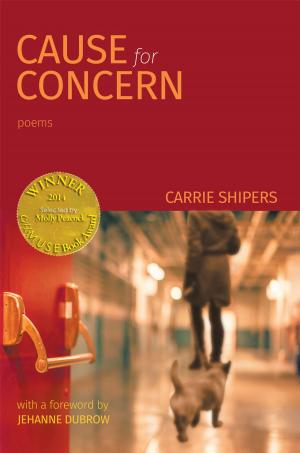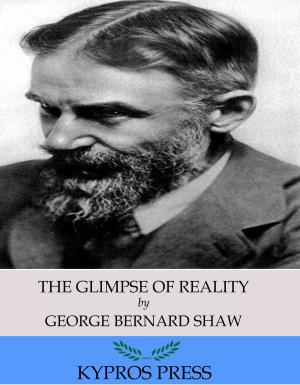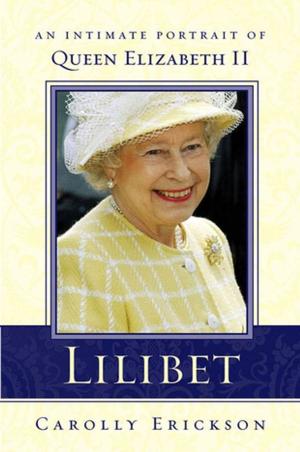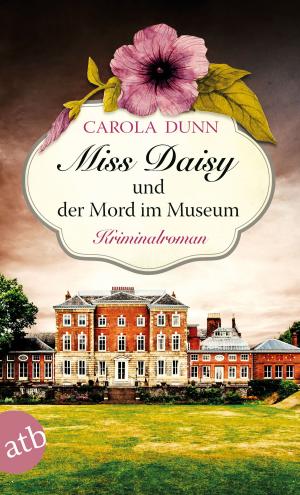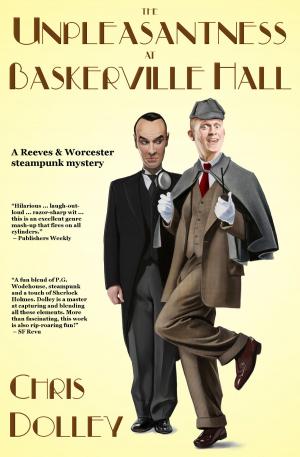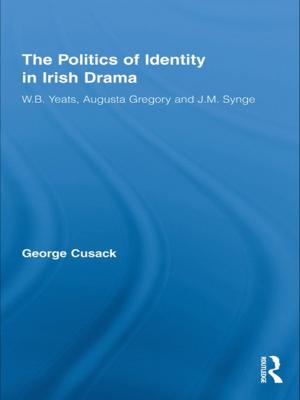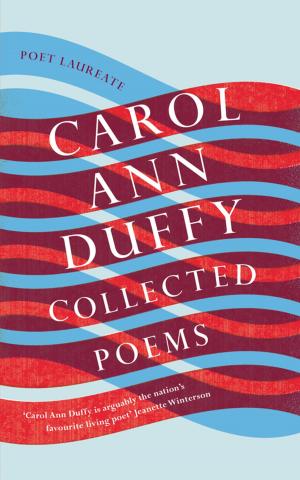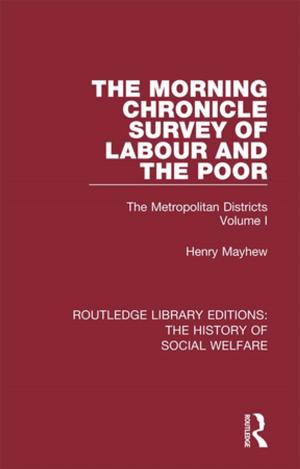Castara
The Third Edition of 1640; Edited and Collated with the Earlier Ones of 1634, 1635
Biography & Memoir, Royalty, Reference, Nonfiction, History, British| Author: | William Habington, Edward Arber | ISBN: | 1230000292512 |
| Publisher: | WESTMINSTER A. CONSTABLE AND CO | Publication: | January 21, 2015 |
| Imprint: | Language: | English |
| Author: | William Habington, Edward Arber |
| ISBN: | 1230000292512 |
| Publisher: | WESTMINSTER A. CONSTABLE AND CO |
| Publication: | January 21, 2015 |
| Imprint: | |
| Language: | English |
Example in this ebook
The old English family of Habingdon, Abingdon, Habington, or Abington traced their pedigree beyond the reign of Henry III., to Philip de Habington, of Abingdon, co. Cambridge: but that branch of the family from which our Poet sprang, descended from Richard Habington, of Brokhampton, whose third son John was coifferer to Queen Elizabeth. This John Habington, our Poet's grand-father, bought Hindlip Hall, an estate beautifully situated about four miles from Worcester. He married twice. By his second wife he had two sons, Thomas; and Edward, who was executed for Babington's plot in 1586.
Anthony-a-Wood gives this account of Thomas Habington. He 'was born at Thorpe near to Chertsey in Surrey, on the 23 Aug. 1560, (at which time and before the manor thereof belonged to his father) and at about 16 years of age he became a commoner of Lincoln Coll. Where spending about three years in academicall studies, was taken thence by his father and sent to the universities of Paris and Rheimes in France. After some time spent there in good letters, he return'd into England, and expressing and shewing himself an adherent to Mary qu. of Scots (who plotted with Anth. Babington against qu. Elizabeth) was committed prisoner to the Tower of London, where continuing six years, he profited more in that time in several sorts of learning, then he had before in all his life. Afterwards he retired to Hendlip (the manor of which his father had settled upon him) took to wife Mary the eldest daughter of Edward lord Morley by Elizabeth his wife, daughter and sole heir of Sir William Stanley knight, lord Mounteagle; and at riper years survey'd Worcestershire, made a collection of most of its antiquities from records, registers, evidences both private and public, monumental inscriptions and arms.... At length, after he had lived to the age of 87 years, surrendred up his pious soul to God at Hendlip near Worcester on the 8th October 1647, and was buried by his father in a vault under the chancel of the church there.' Ath. Oxon. iii. 222. Ed. 1817.
Hindlip Hall was full of lurking places. T. Nash in his Hist. of Worc. i. 585-7, gives a transcript of Ashmole's MSS. Vol. 804, fol. 93, at Oxford: which is a most graphic description of a search, for eleven nights and twelve days, in Jan. 1605, through the house: wherein Garnett the Jesuit and others were discovered, who were afterwards executed.
To be continue in this ebook
Example in this ebook
The old English family of Habingdon, Abingdon, Habington, or Abington traced their pedigree beyond the reign of Henry III., to Philip de Habington, of Abingdon, co. Cambridge: but that branch of the family from which our Poet sprang, descended from Richard Habington, of Brokhampton, whose third son John was coifferer to Queen Elizabeth. This John Habington, our Poet's grand-father, bought Hindlip Hall, an estate beautifully situated about four miles from Worcester. He married twice. By his second wife he had two sons, Thomas; and Edward, who was executed for Babington's plot in 1586.
Anthony-a-Wood gives this account of Thomas Habington. He 'was born at Thorpe near to Chertsey in Surrey, on the 23 Aug. 1560, (at which time and before the manor thereof belonged to his father) and at about 16 years of age he became a commoner of Lincoln Coll. Where spending about three years in academicall studies, was taken thence by his father and sent to the universities of Paris and Rheimes in France. After some time spent there in good letters, he return'd into England, and expressing and shewing himself an adherent to Mary qu. of Scots (who plotted with Anth. Babington against qu. Elizabeth) was committed prisoner to the Tower of London, where continuing six years, he profited more in that time in several sorts of learning, then he had before in all his life. Afterwards he retired to Hendlip (the manor of which his father had settled upon him) took to wife Mary the eldest daughter of Edward lord Morley by Elizabeth his wife, daughter and sole heir of Sir William Stanley knight, lord Mounteagle; and at riper years survey'd Worcestershire, made a collection of most of its antiquities from records, registers, evidences both private and public, monumental inscriptions and arms.... At length, after he had lived to the age of 87 years, surrendred up his pious soul to God at Hendlip near Worcester on the 8th October 1647, and was buried by his father in a vault under the chancel of the church there.' Ath. Oxon. iii. 222. Ed. 1817.
Hindlip Hall was full of lurking places. T. Nash in his Hist. of Worc. i. 585-7, gives a transcript of Ashmole's MSS. Vol. 804, fol. 93, at Oxford: which is a most graphic description of a search, for eleven nights and twelve days, in Jan. 1605, through the house: wherein Garnett the Jesuit and others were discovered, who were afterwards executed.
To be continue in this ebook


